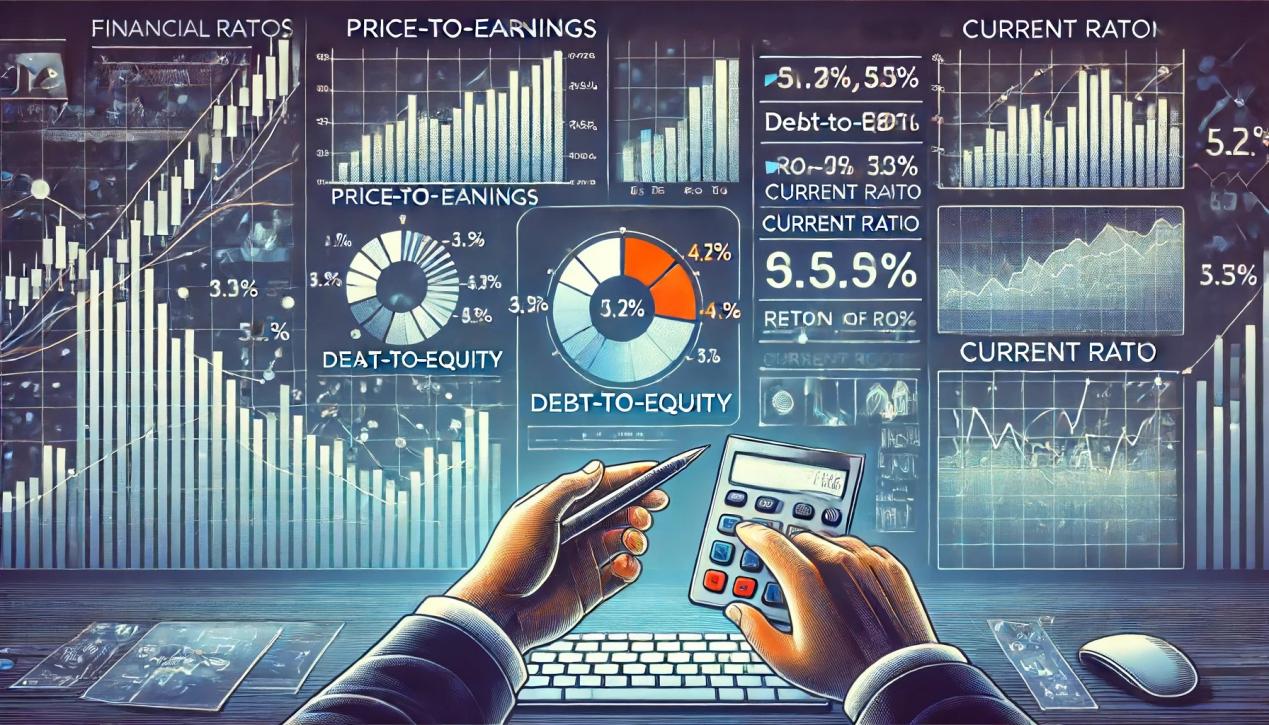Financial ratios are essential tools for investors, providing critical insights into a company's financial health and performance. By analyzing these ratios, investors can make informed decisions about buying, holding, or selling stocks. This article explores the significance of financial ratios in investment analysis, highlights current trends, and offers predictions for future applications.

Understanding Financial Ratios
Financial ratios are quantitative measures derived from a company's financial statements—namely the income statement, balance sheet, and cash flow statement. They help investors evaluate various aspects of a company's performance, such as profitability, liquidity, efficiency, and solvency. Some commonly used financial ratios include:
Price-to-Earnings (P/E) Ratio: This ratio compares a company's current share price to its earnings per share (EPS). A higher P/E ratio may indicate that a stock is overvalued, while a lower P/E ratio might suggest it is undervalued.
Debt-to-Equity (D/E) Ratio: This ratio measures a company's financial leverage by comparing its total liabilities to shareholders' equity. A high D/E ratio indicates significant debt, which can be risky, especially in economic downturns.
Current Ratio: This liquidity ratio compares a company's current assets to its current liabilities, indicating its ability to cover short-term obligations. A current ratio above 1 is typically seen as a sign of financial stability.
Return on Equity (ROE): This profitability ratio measures the return generated on shareholders' equity. A higher ROE indicates effective management and profitable use of equity.
Current Trends in Using Financial Ratios
1. Integration of Technology:
With the advent of advanced technology and financial software, the analysis of financial ratios has become more accessible and efficient. Automated tools and algorithms can quickly process vast amounts of financial data, providing real-time ratio analysis. This technological integration allows individual investors and professionals to make faster, data-driven investment decisions.
2. Increased Focus on ESG Metrics:
Environmental, Social, and Governance (ESG) metrics are gaining prominence in investment analysis. Investors are increasingly considering ESG factors alongside traditional financial ratios to assess a company's long-term sustainability and ethical practices. This trend is driven by a growing awareness of the impact of corporate behavior on the environment and society.

Future Predictions
1. Enhanced Predictive Analytics:
The future of financial ratio analysis lies in the integration of predictive analytics. Machine learning and artificial intelligence (AI) will play a significant role in forecasting financial performance based on historical ratio trends and other relevant data. Predictive analytics can provide investors with forward-looking insights, enabling more strategic investment decisions.

Conclusion
Financial ratios are indispensable tools for investment analysis, offering valuable insights into a company's financial health and performance. Current trends, such as the integration of technology, increased focus on ESG metrics, and globalization, are shaping the way investors use these ratios. Looking ahead, advancements in predictive analytics, real-time data analysis, and personalized investment strategies will further enhance the application of financial ratios. By staying abreast of these trends and leveraging the power of financial ratios, investors can make well-informed decisions and navigate the complexities of the financial markets with confidence.






